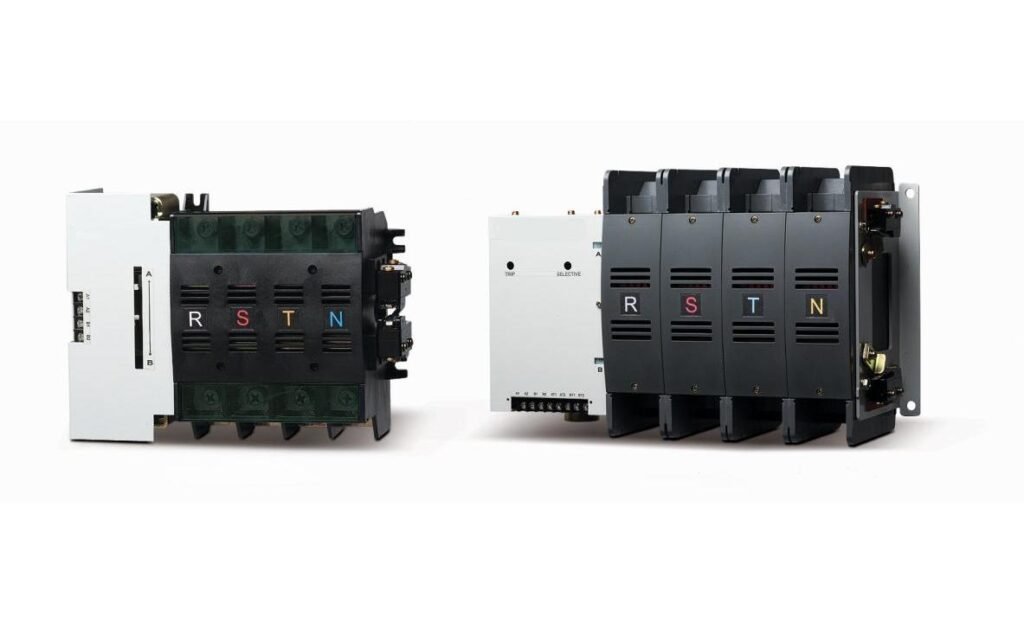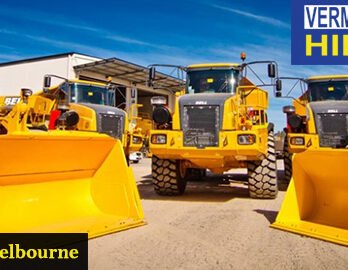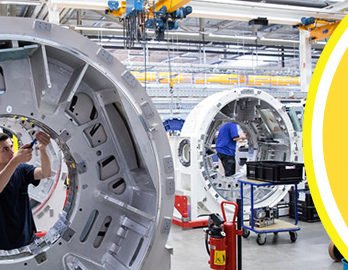Automatic Vs. Manual: Which Transfer Switch Is Better For Me?

You may have heard the terms Generator Transfer Switch and manual transfer switches, but you’re not sure what they mean. Are they both used to generate backup power? Yes! Both use generators to provide backup power in case of an outage. But that’s where their similarities end. If you’re wondering which type of transfer switch is right for your application, here are the basics of each type:
What’s The Purpose Of A Transfer Switch?
A transfer switch is a device that automatically switches the power source to the generator when the power goes out and back to the utility when it comes back on. A transfer switch is required by law in most states and is necessary for safety.

Depending on your needs, you can purchase an automatic or manual transfer switch. Automatic transfer switches are equipped with sensors that detect when there is a loss of voltage or current. In contrast, manual transfer switches require you to toggle them to change between sources of electricity manually.
It’s important to remember that not all generators are compatible with all types of transfer switches; your generator must be properly wired so that it can work alongside your chosen type of switch (automatic or manual).
Manual Transfer Switches – How Does It Work?
When using a manual transfer switch, the electricity you need to keep running comes from your generator. But how does this happen? Let’s take a look:
You’ll need to connect the transfer switch to your generator by using an extension cord or other power source.
Once everything is connected, test your system and ensure it works as intended! This circuit will get its power from your generator through the manual transfer switch when needed.
Maintaining and cleaning up after yourself is essential when working with these devices because they are designed specifically for emergencies or short-term needs—not long-term use!
Automatic Transfer Switches – How Does It Work?
Automatic transfer switches are built to switch between the utility and generator power automatically. They are designed to automatically detect the loss of power from the utility and automatically switch to generator power.

The power may go out for a second, but the transfer switch detects this and automatically starts your generator. The transfer switch then connects your residence or business to the generator.
When the utility power is restored, the transfer switch disconnects the power supply from the generator and turns it off until the next power outage occurs.
Is Hiring Professionals For Installation Necessary?
In the case of a Generator Transfer Switch, you’ll want to hire a professional electrician who can install the unit and test it for proper operation.
The reason is that even though the difference between automatic and manual transfer switches may seem simple, there are important differences in how they operate and their specifications. These distinctions can make or break your power supply system in any given situation.
For example, an automatic generator transfer switch should be installed by someone who knows exactly how many amps it needs to handle so as not to overload itself or damage other electrical equipment in your home or business.
A professional electrician will also know which generator would work best with your existing electrical infrastructure and where on your property it should be located so that its noise doesn’t bother anyone nearby (if possible).
Conclusion
Hence, an automatic Generator Transfer Switch is a reliable, economical way to provide building backup power. Whether your need is residential, commercial or industrial, an automatic transfer switch (ATS) will provide you with the peace of mind that comes from knowing that in the event of a power outage, your home or business will continue to receive electricity from alternate sources.






